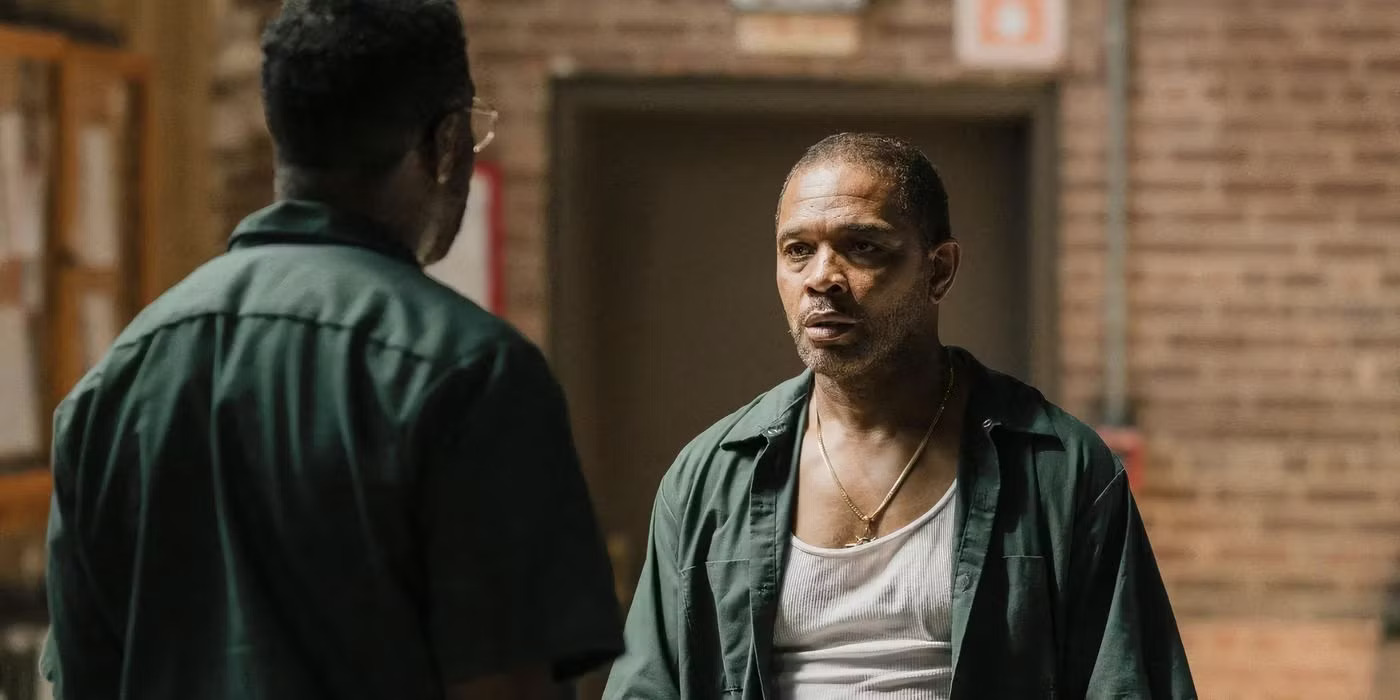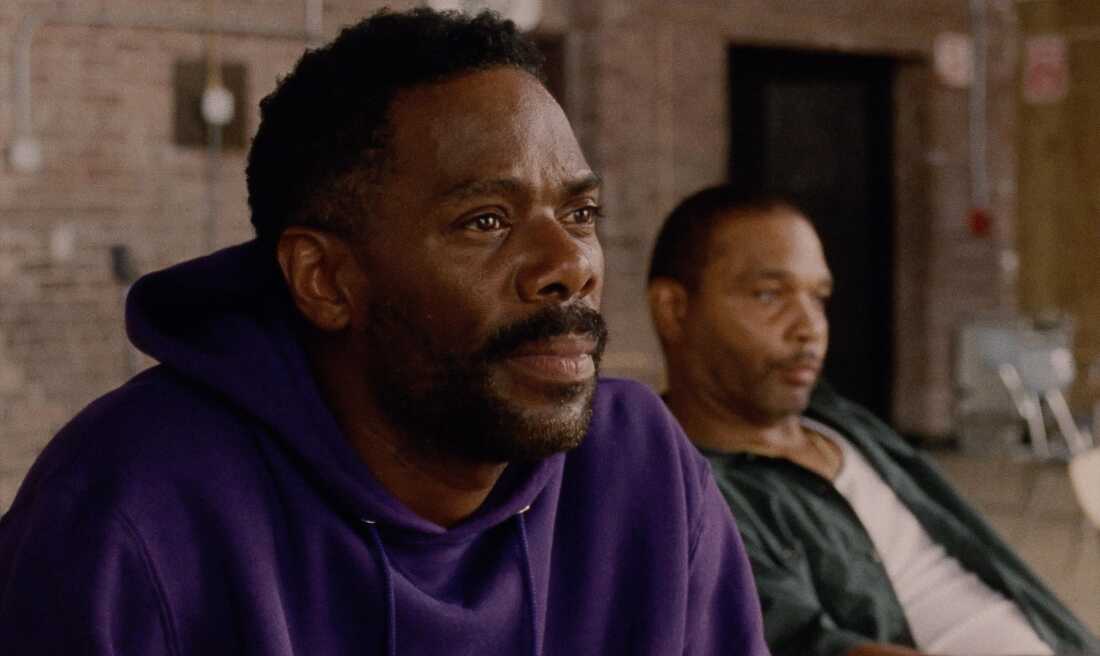Sing Sing debuted at the 2023 Toronto International Film Festival, garnering stellar reviews and a remarkable 97% score on Rotten Tomatoes. The film is based on the true story of the Rehabilitation Through the Arts (RTA) program at Sing Sing Correctional Facility in New York. RTA provides incarcerated individuals with opportunities to engage in artistic expression, emphasizing rehabilitation over punishment. The film’s authenticity is amplified by the fact that most of the cast, including Clarence “Divine Eye” Maclin, are real-life former participants in the RTA program.
In what is considered Colman Domingo’s best performance, he portrays John “Divine G” Whitfield, an incarcerated playwright and actor. Divine G is deeply involved in the RTA program while also fighting to prove his innocence and gain parole. Domingo’s emotionally charged portrayal earned him a 2025 Oscar nomination for Best Performance by an Actor in a Leading Role. The movie showcases the real-life struggles of incarcerated individuals, with a significant portion of the cast bringing their personal experiences to the screen.
Divine G’s Journey to Freedom and the Power of Lasting Friendships
After years of effort, Divine G is finally granted parole and released from Sing Sing. His previous attempts at securing parole were denied, despite presenting evidence of his innocence. Upon his release, Divine Eye, who was freed earlier, waits outside the prison gates to welcome him. Their heartfelt reunion, filled with joy and banter, highlights the deep friendship they developed through RTA. This moment symbolizes not just Divine G’s freedom but the enduring impact of the relationships formed within the program.

Despite his deep commitment to RTA, Divine G experiences a breaking point when his parole is denied. He delivers an emotional outburst during a dress rehearsal, questioning the program’s value in the face of the harsh realities of prison life. This moment is compounded by the sudden death of fellow inmate Mike Mike. Feeling hopeless, Divine G temporarily quits RTA, isolating himself from the community. However, Divine Eye helps him realize that he is still welcome in the program, leading to his return to the stage alongside his peers.
The Transformative Power of Art in Rehabilitation and Second Chances
The RTA program at Sing Sing, established in 1996, has had a profound impact on reducing recidivism rates. Less than 3% of RTA participants return to prison after their release, demonstrating the effectiveness of rehabilitation through the arts. While Sing Sing focuses on Divine G and his peers performing an original play, the program extends beyond theatrical performances, offering various artistic workshops in multiple correctional facilities. The film’s authenticity is further reinforced by real-life RTA alumni contributing to its production.
Sing Sing’s conclusion underscores the transformative power of art. A poignant line from Sean “Dino” Johnson captures this sentiment: “Brother, we here to be human again, to put on nice clothes and dance around, and enjoy the things that is not in our reality.” The film highlights how art provides incarcerated individuals with an escape, a means of self-expression, and a way to reclaim their dignity in an unjust system. While it does not change their circumstances, it offers a sense of purpose and human connection.
The film’s final moments emphasize the enduring friendships formed through RTA. Divine Eye waiting for Divine G outside the prison gates speaks volumes about their bond, one strengthened by their shared artistic experiences. Sing Sing is not just a prison drama; it is a testament to resilience, personal growth, and the unbreakable human spirit. By making history as the first film to be released simultaneously in theaters and prisons, it ensures that its message reaches both mainstream audiences and those who can relate to its story the most.



